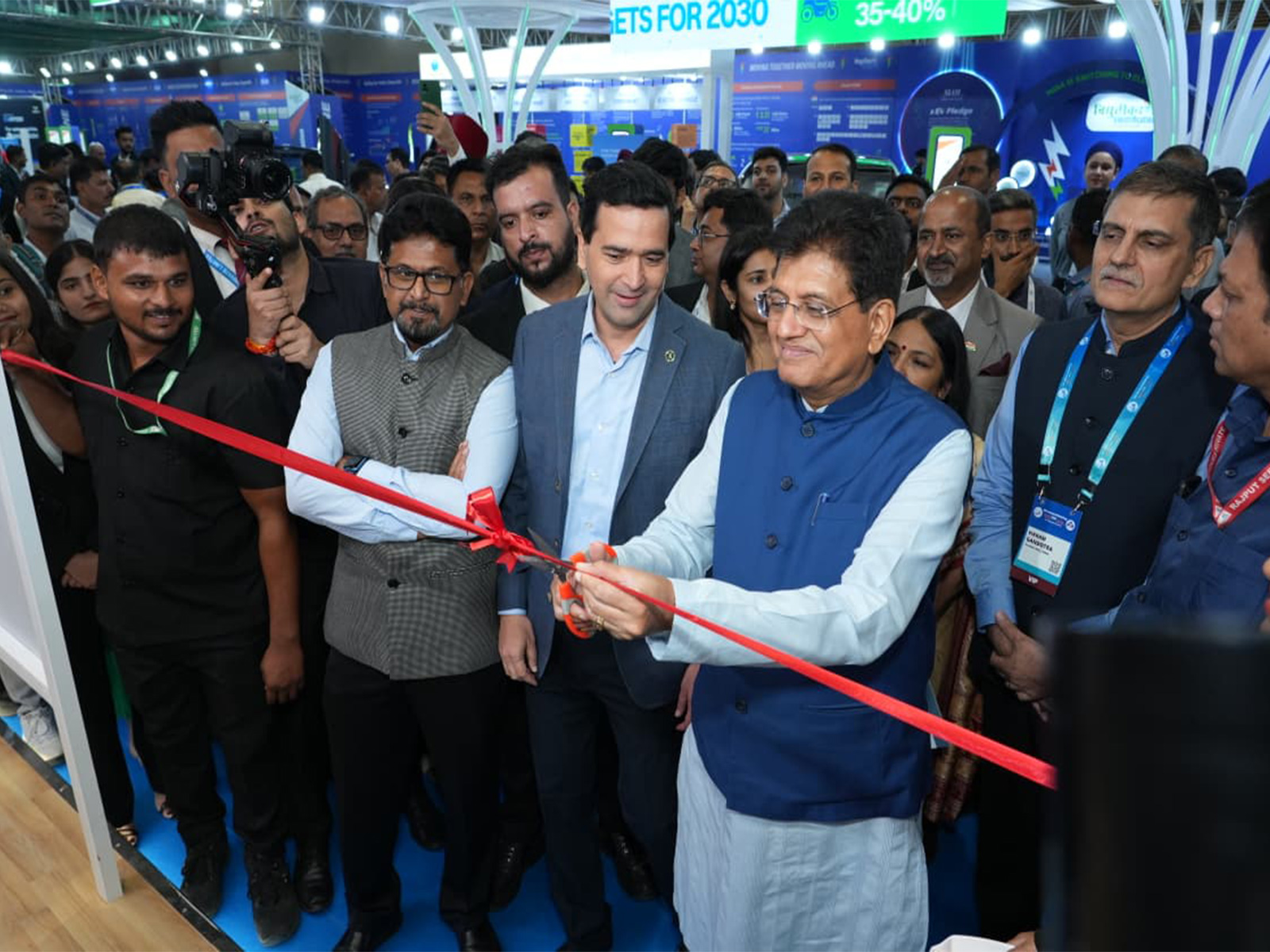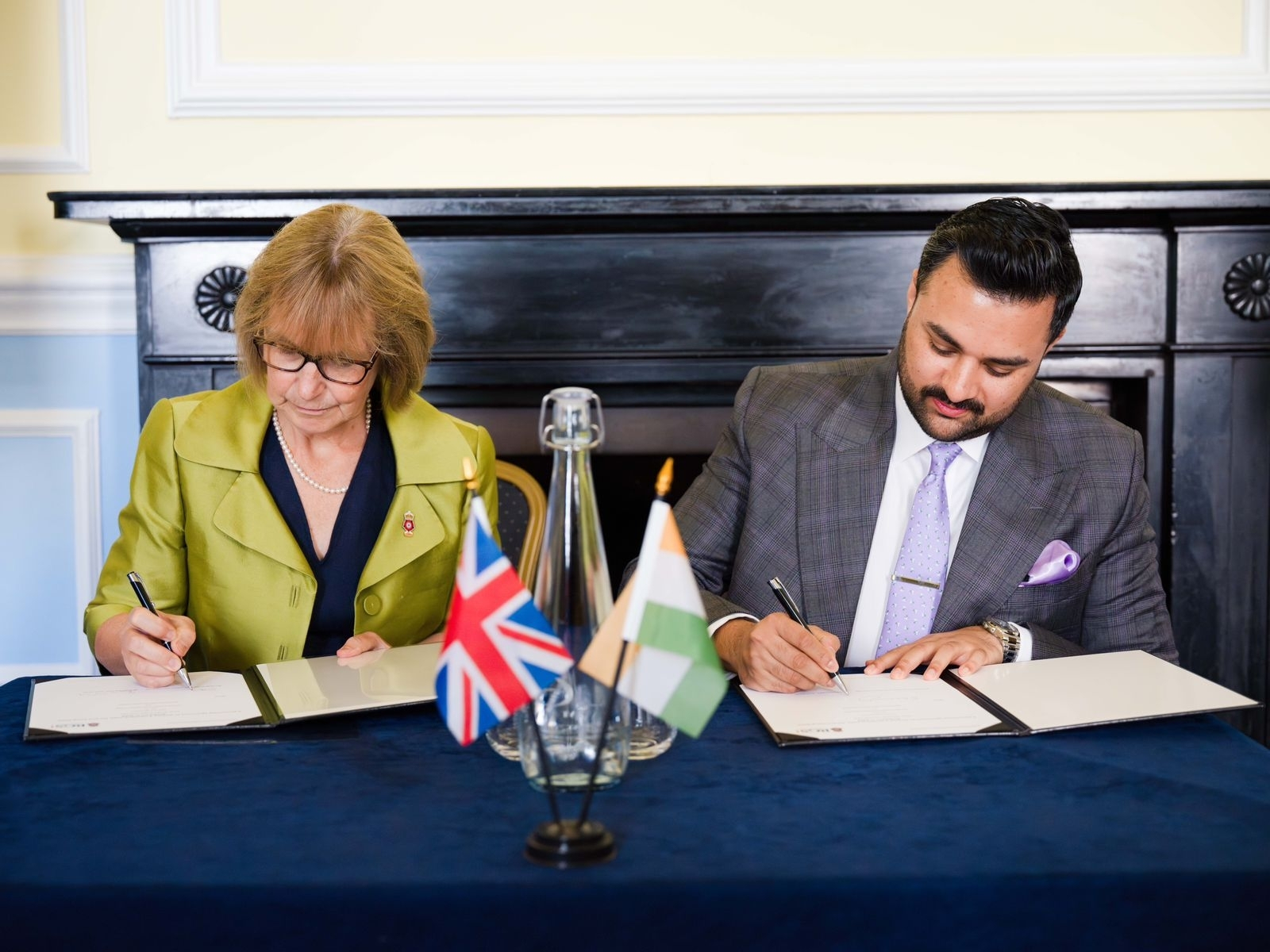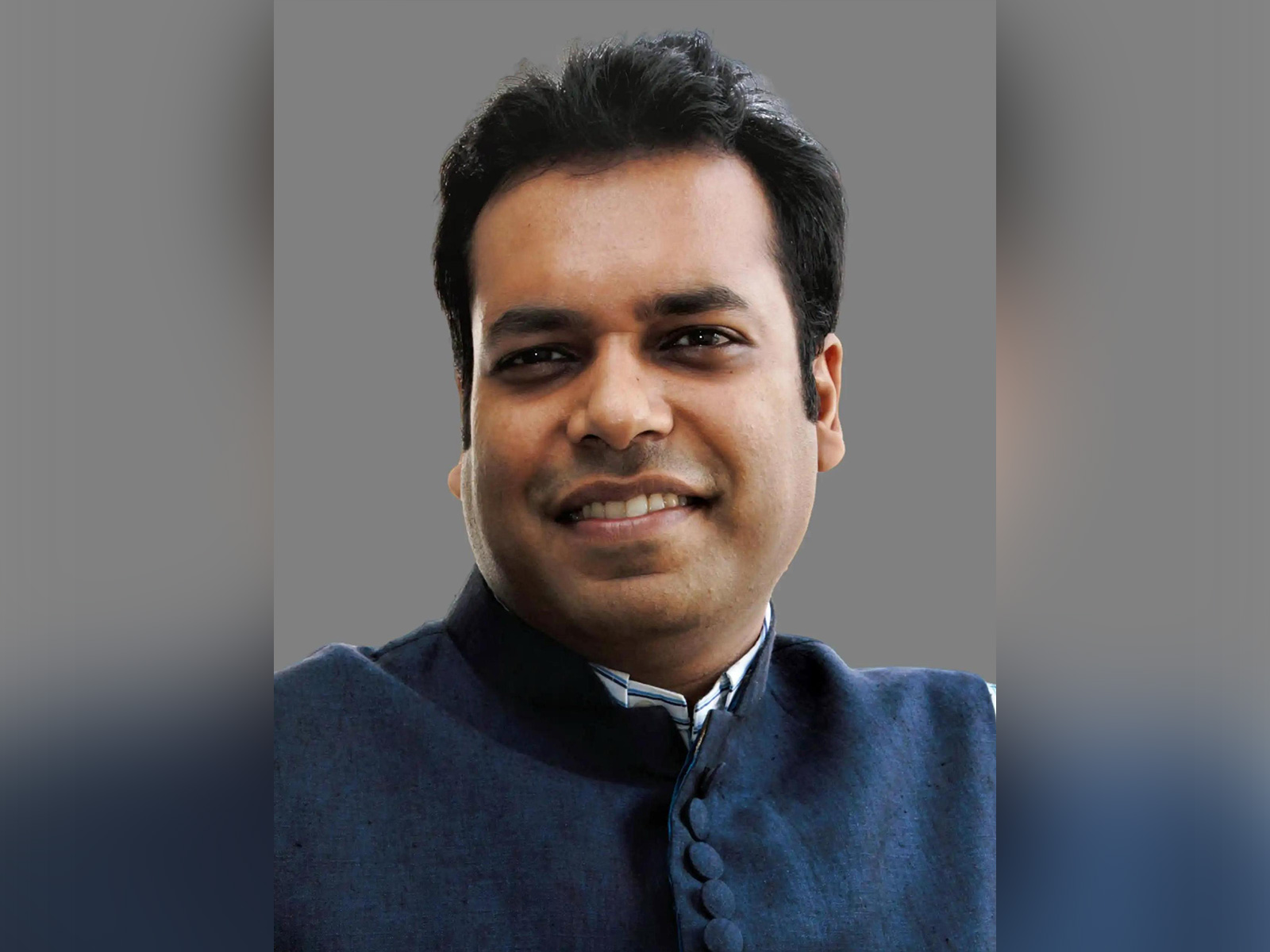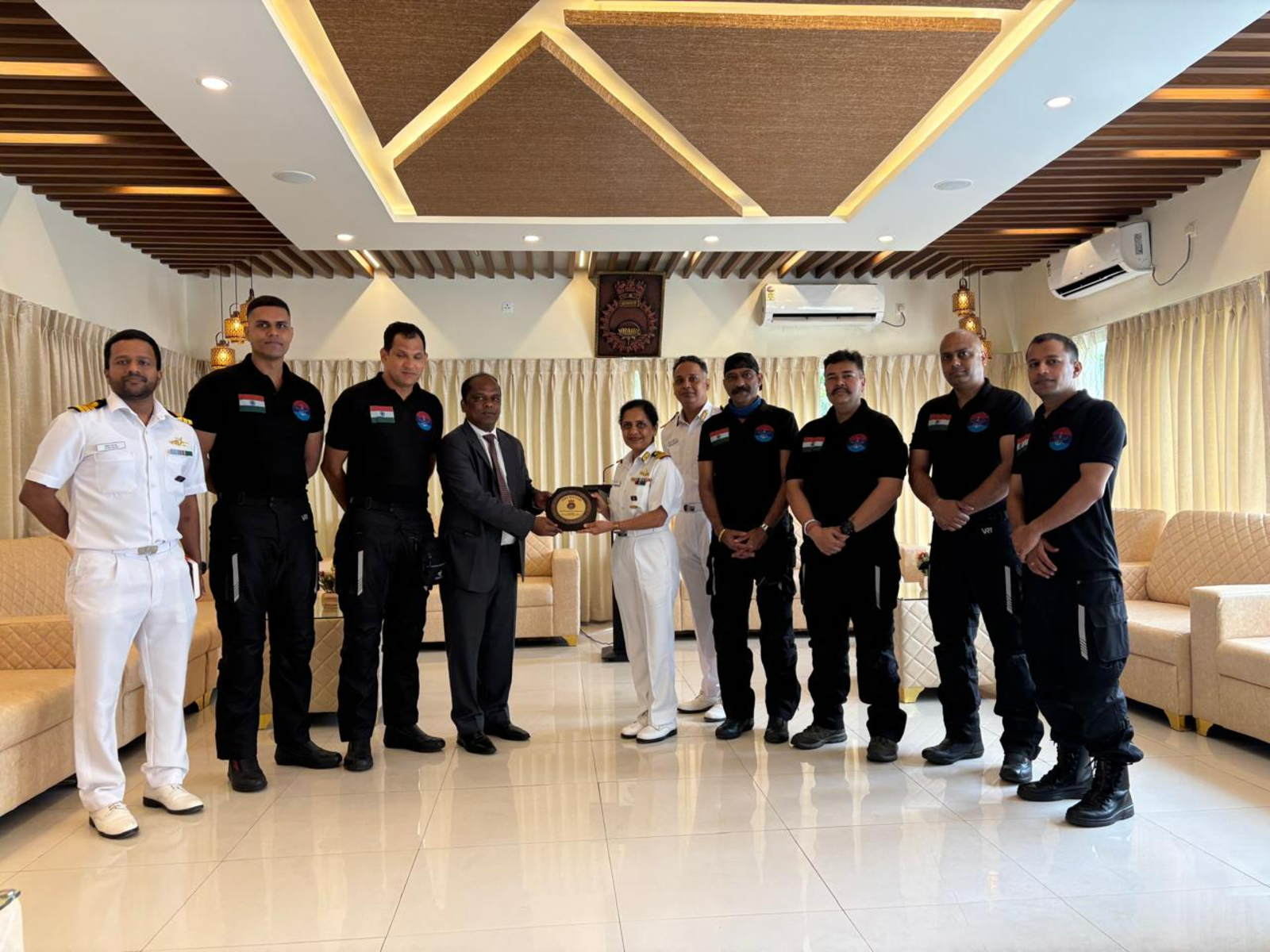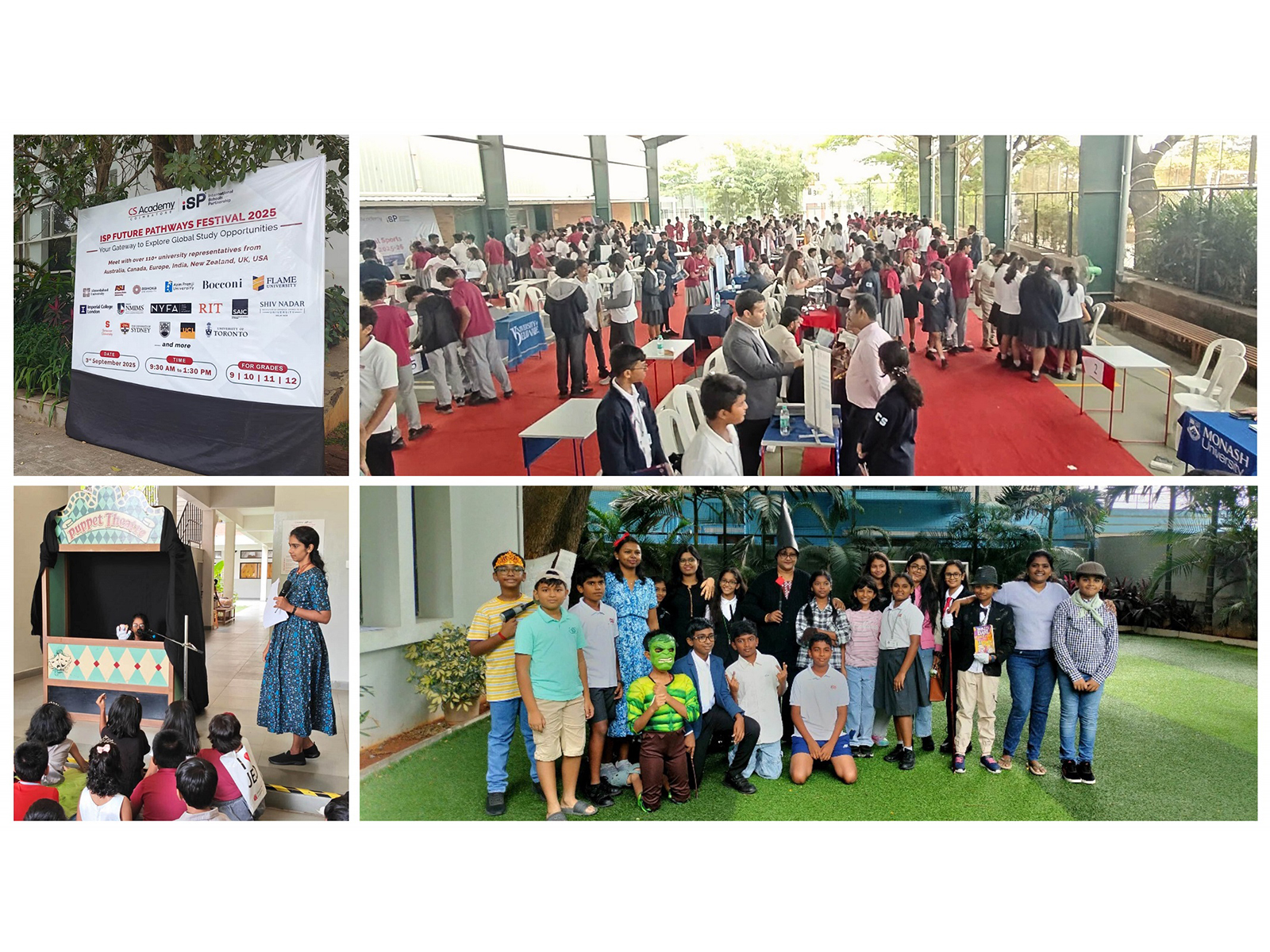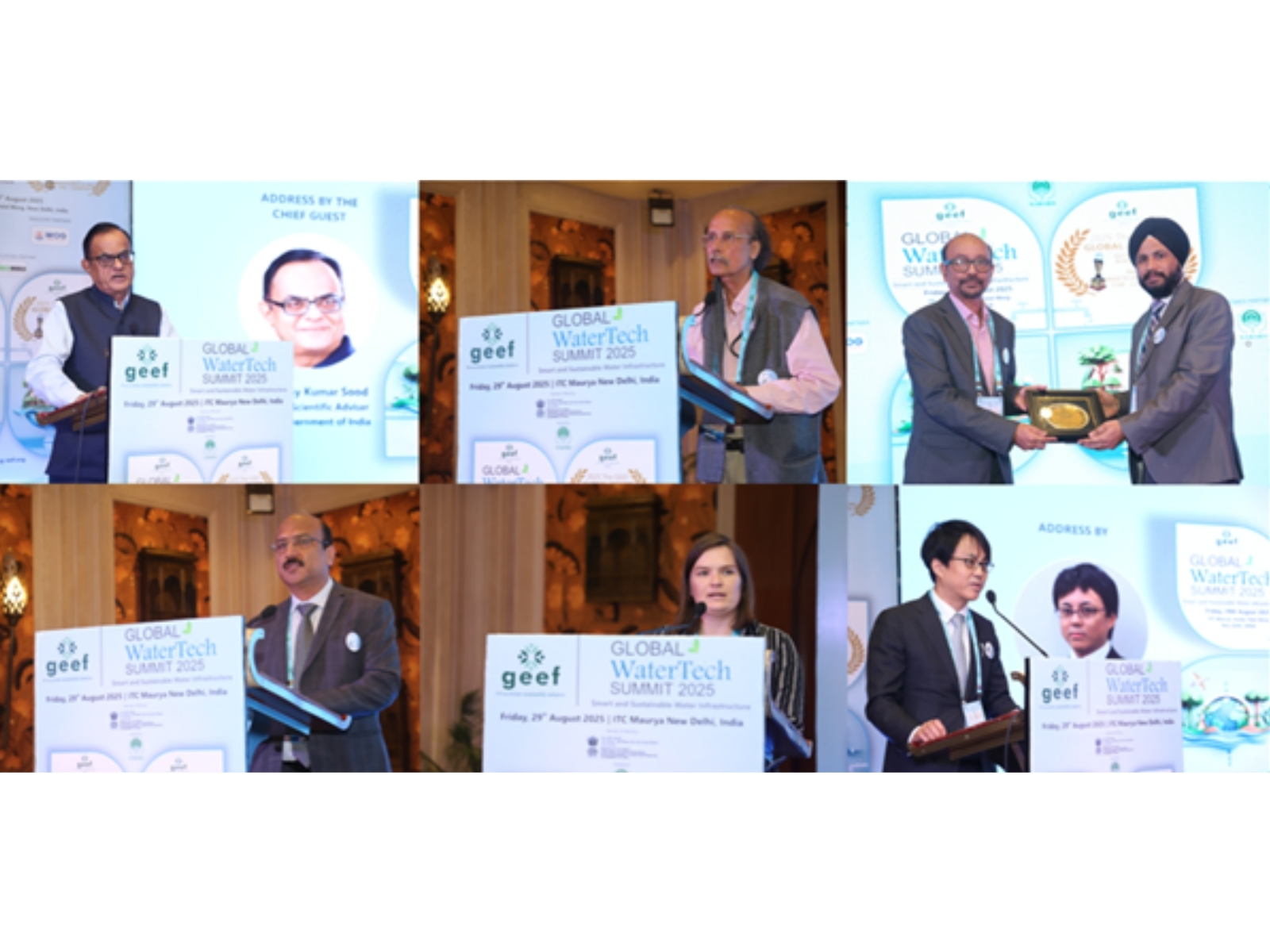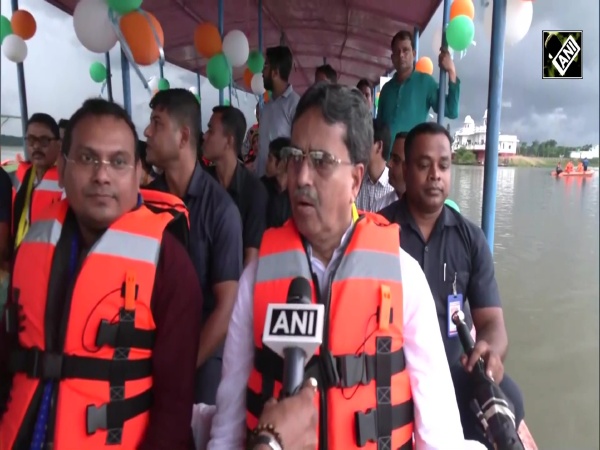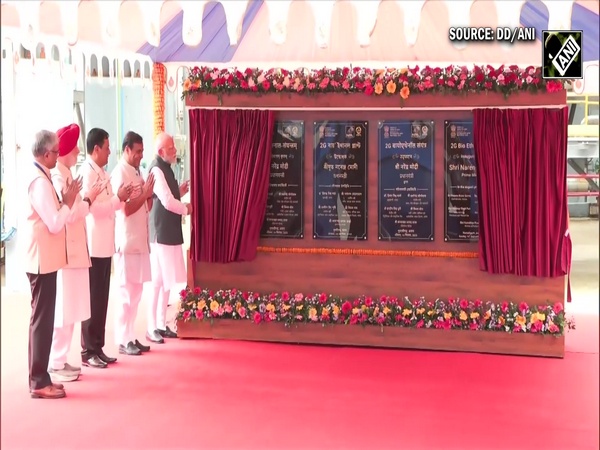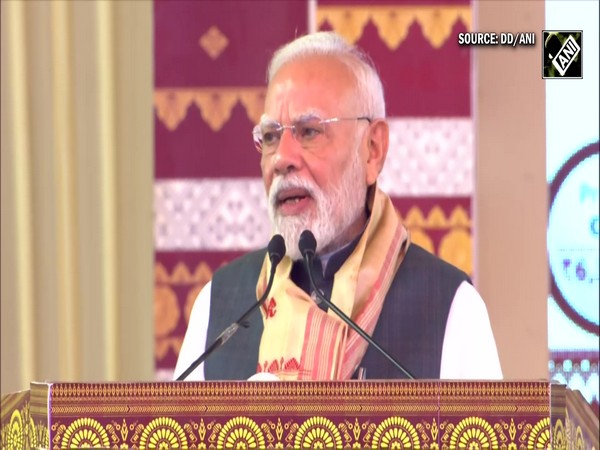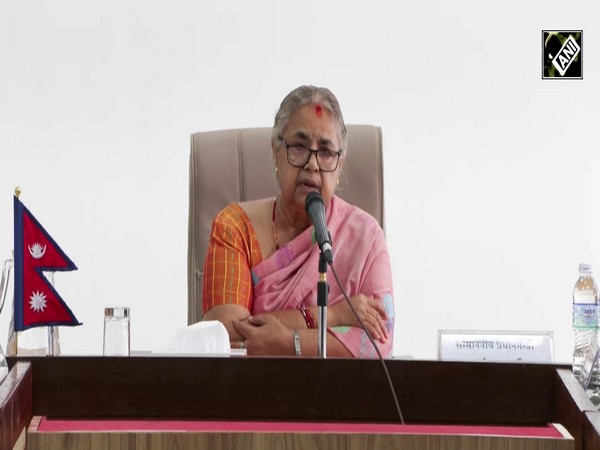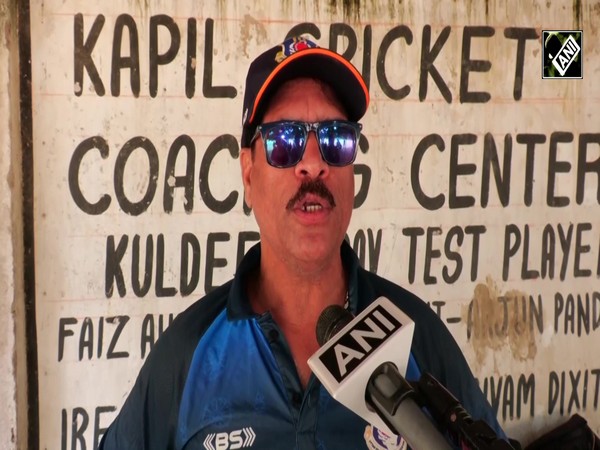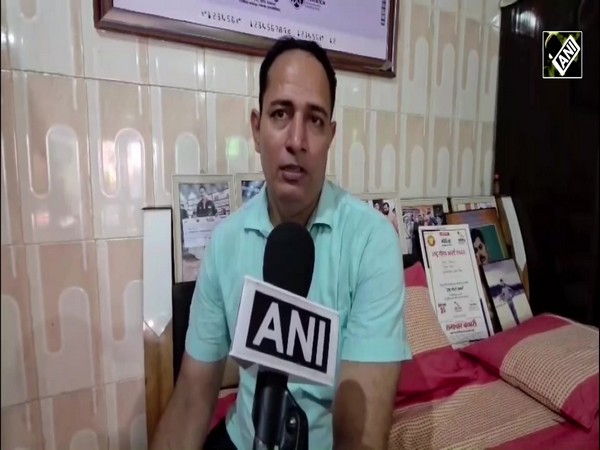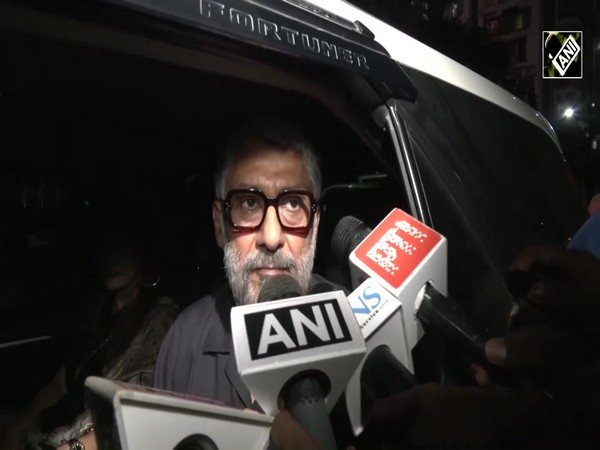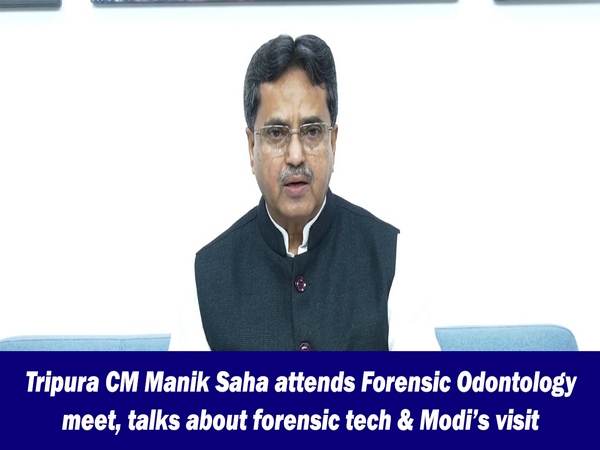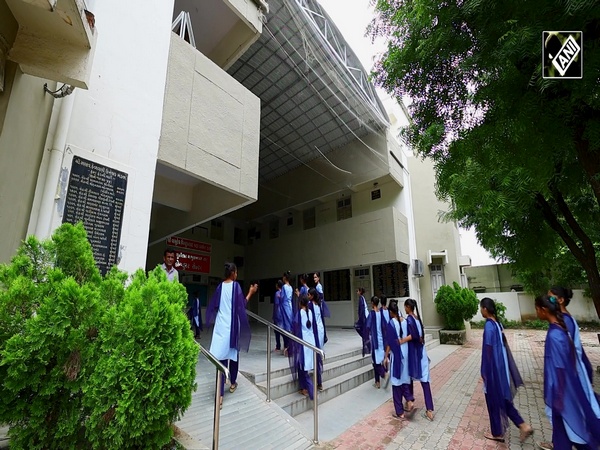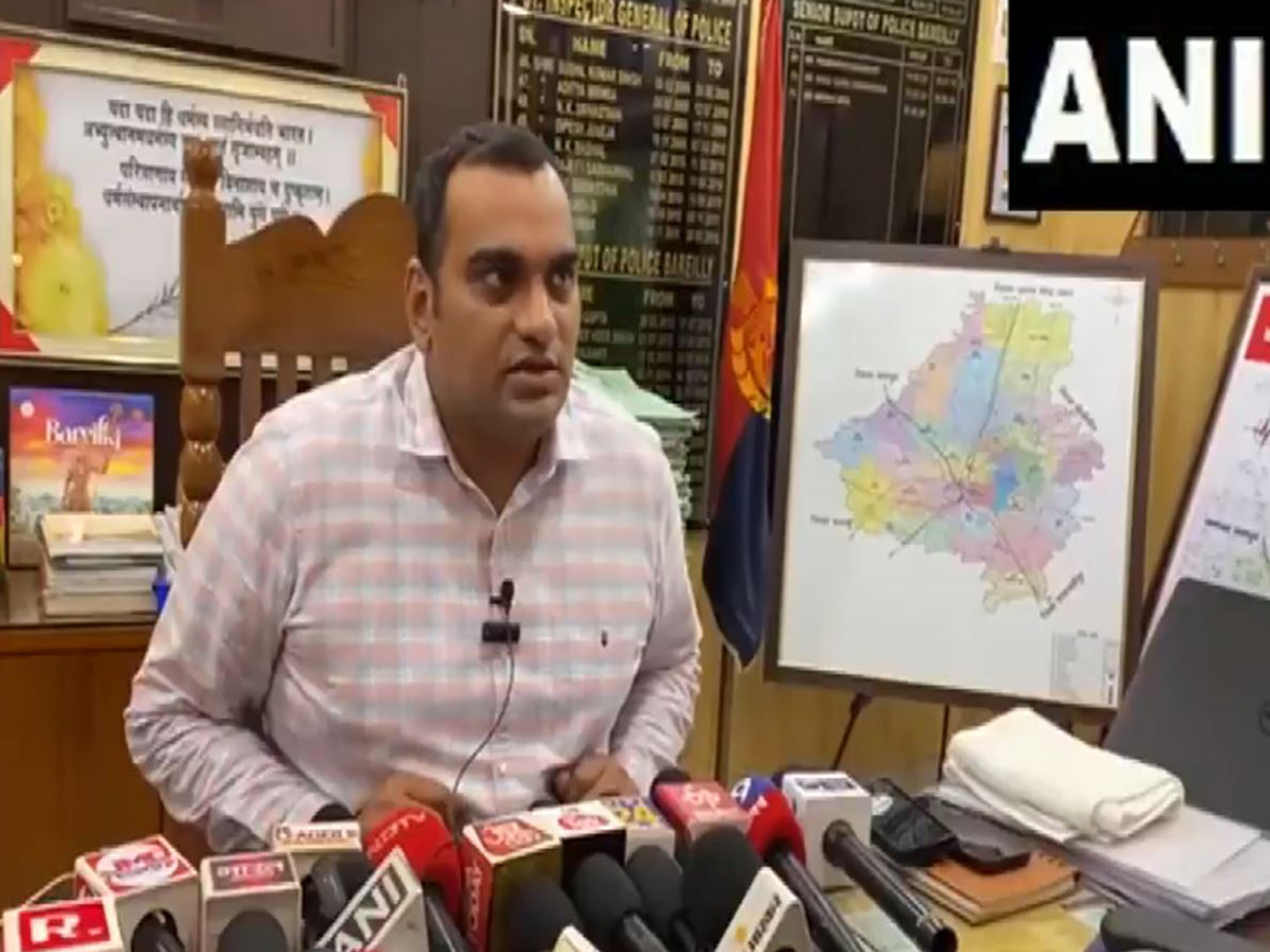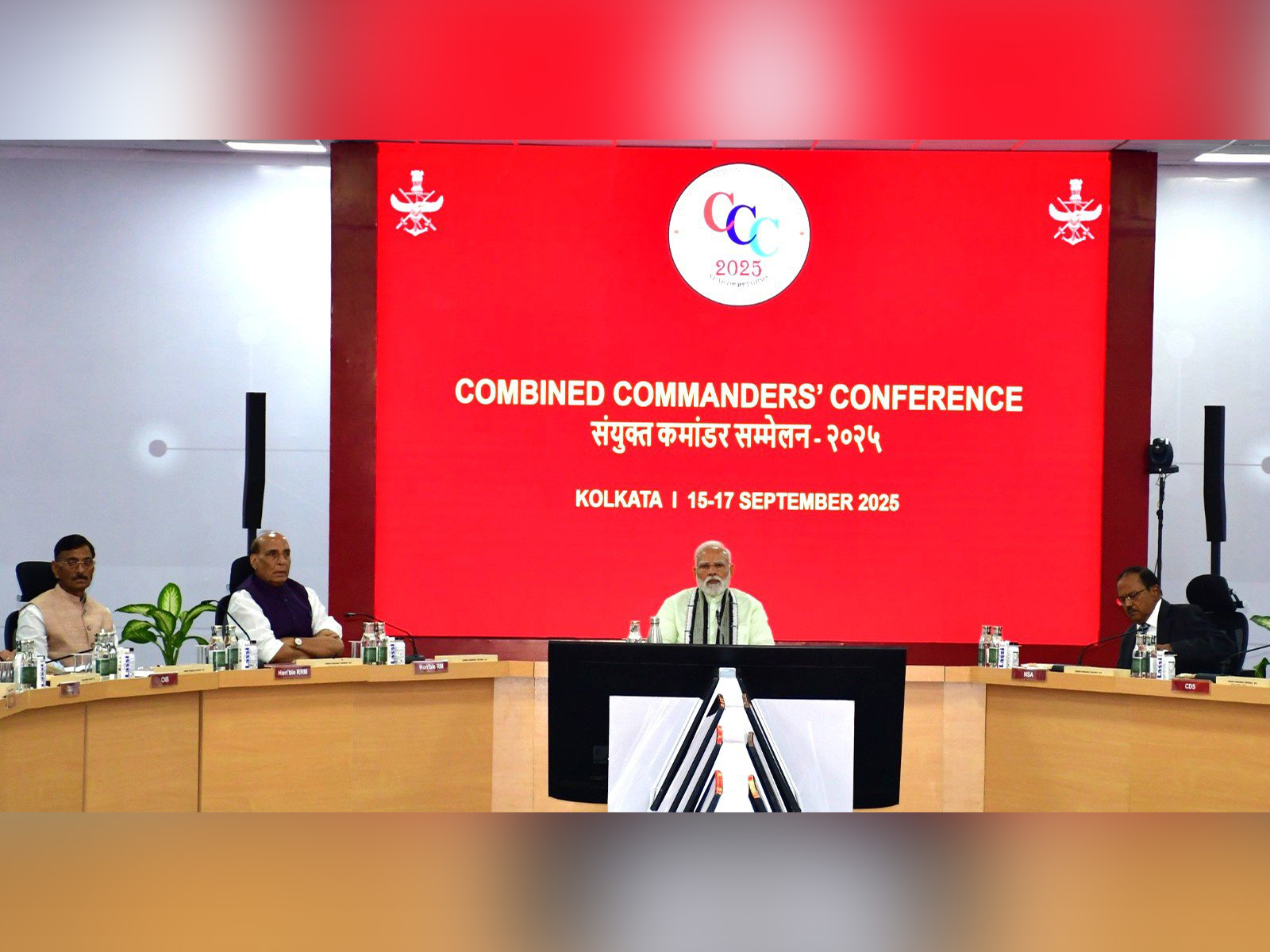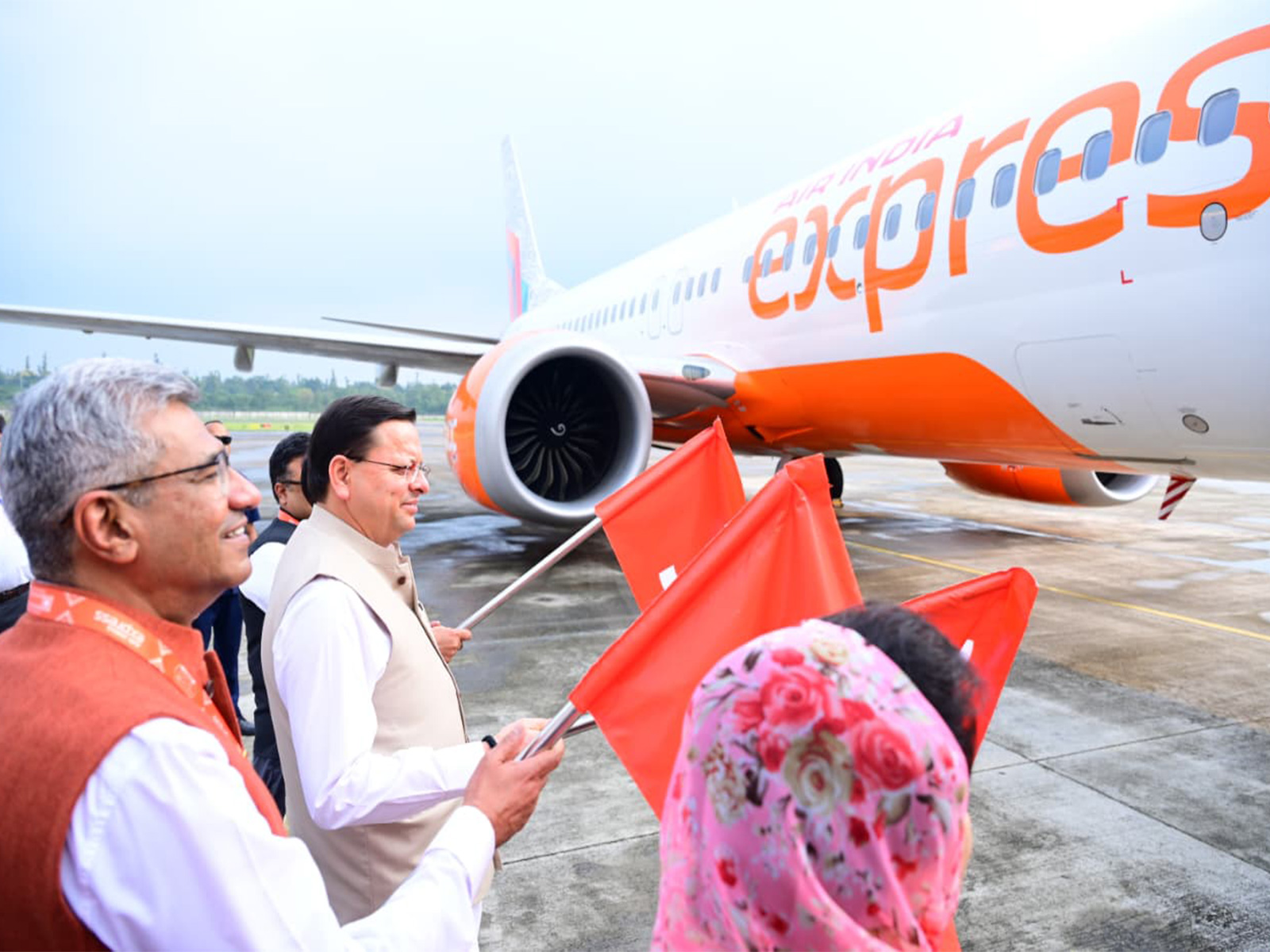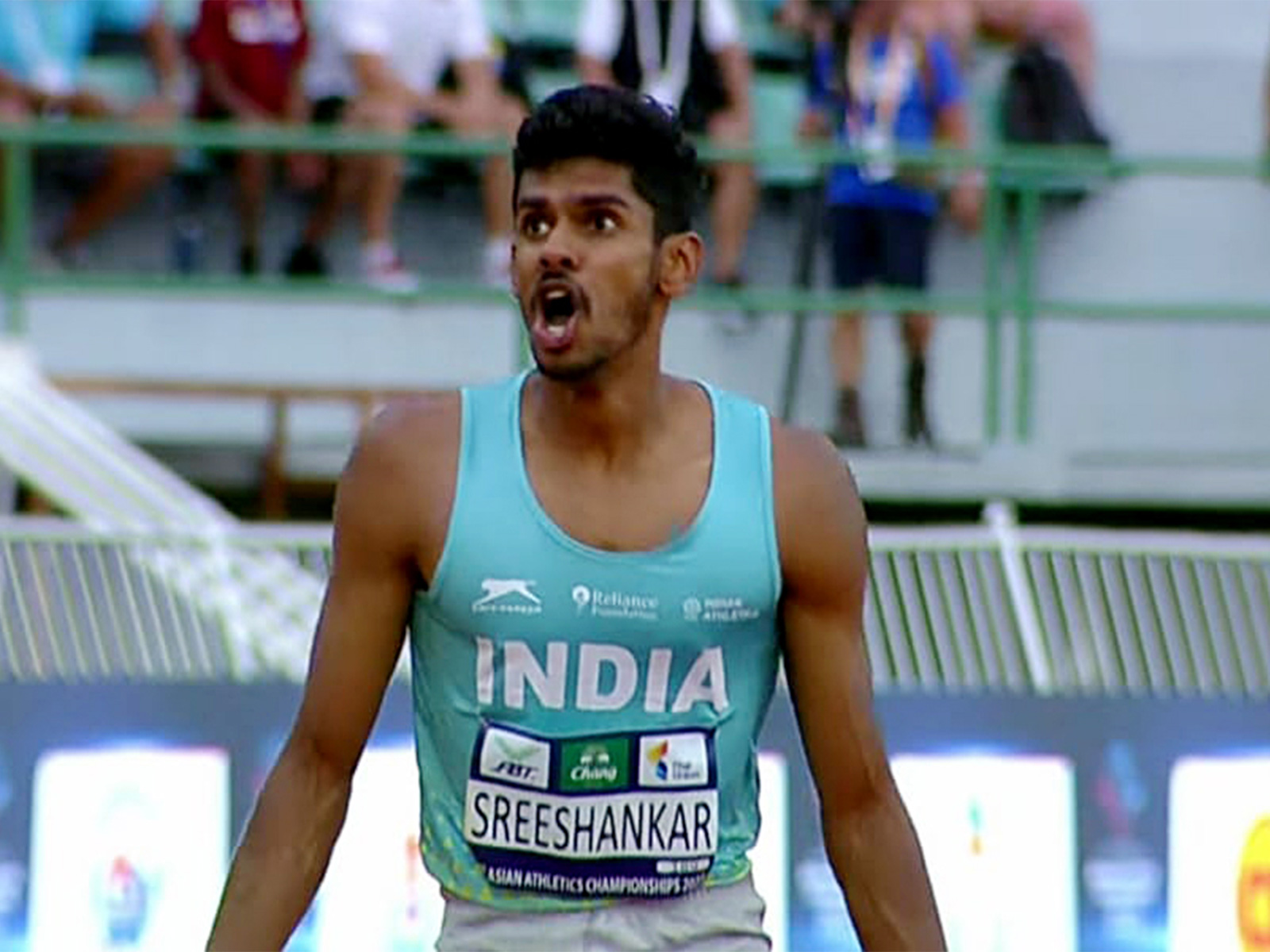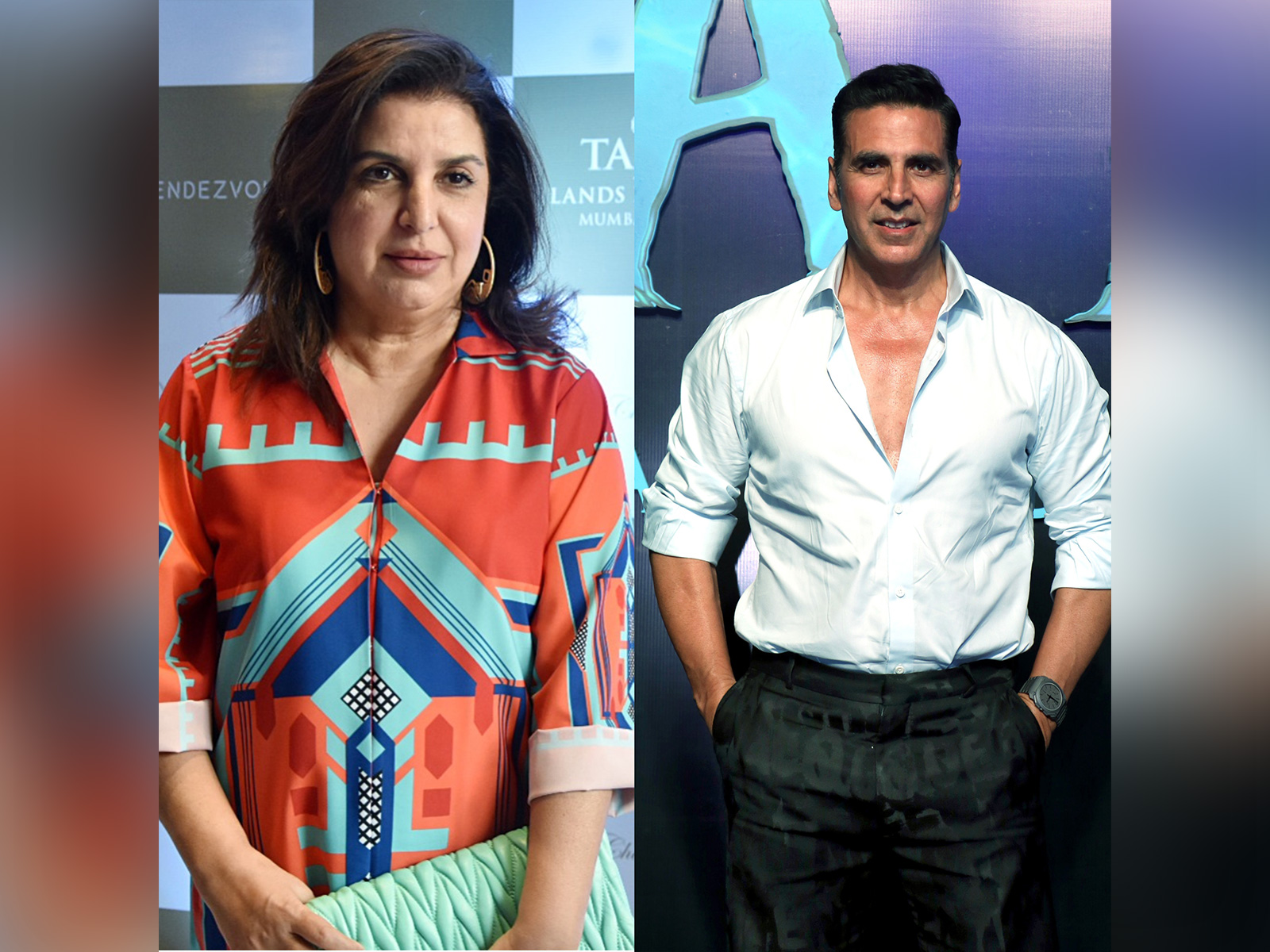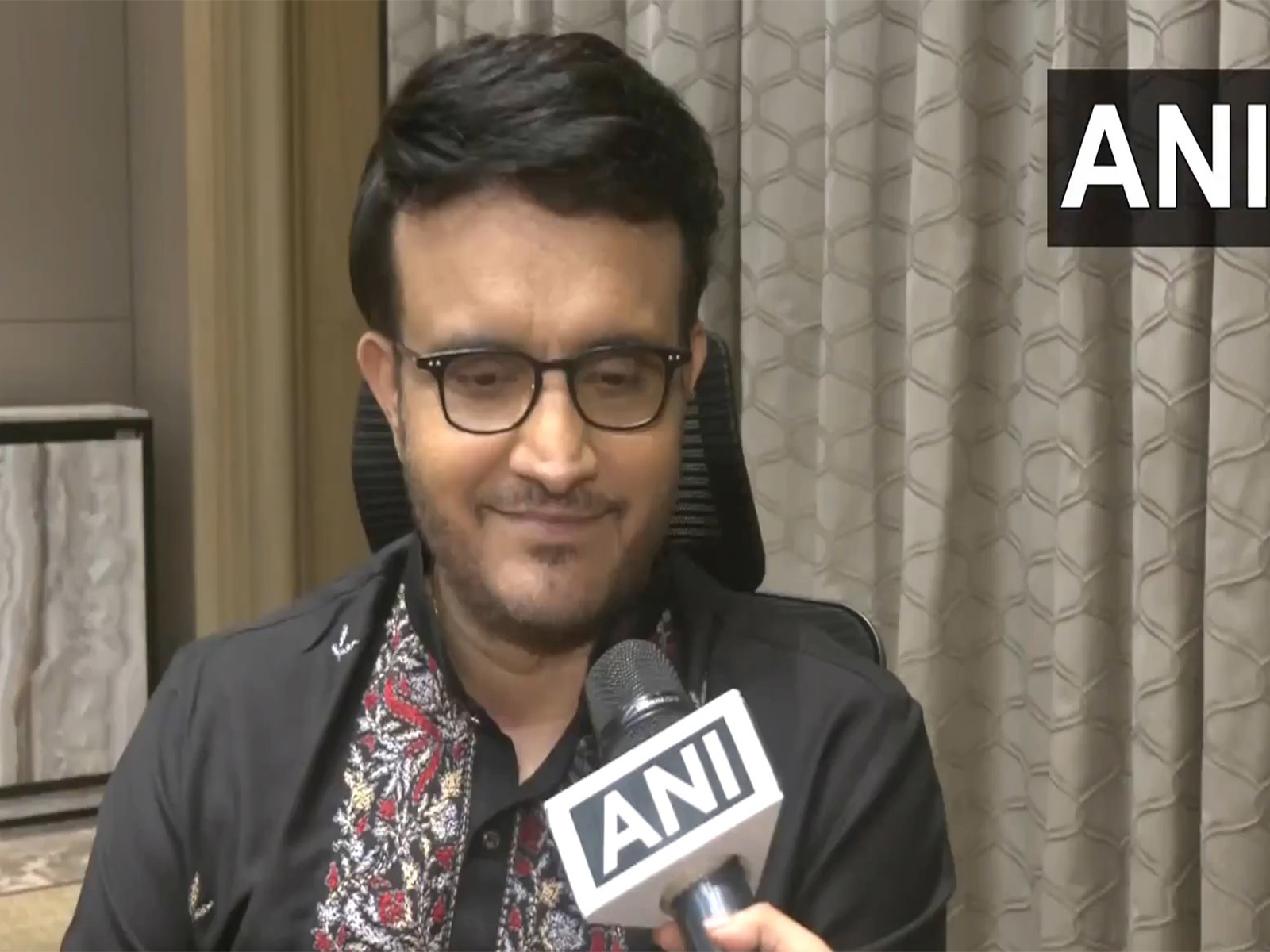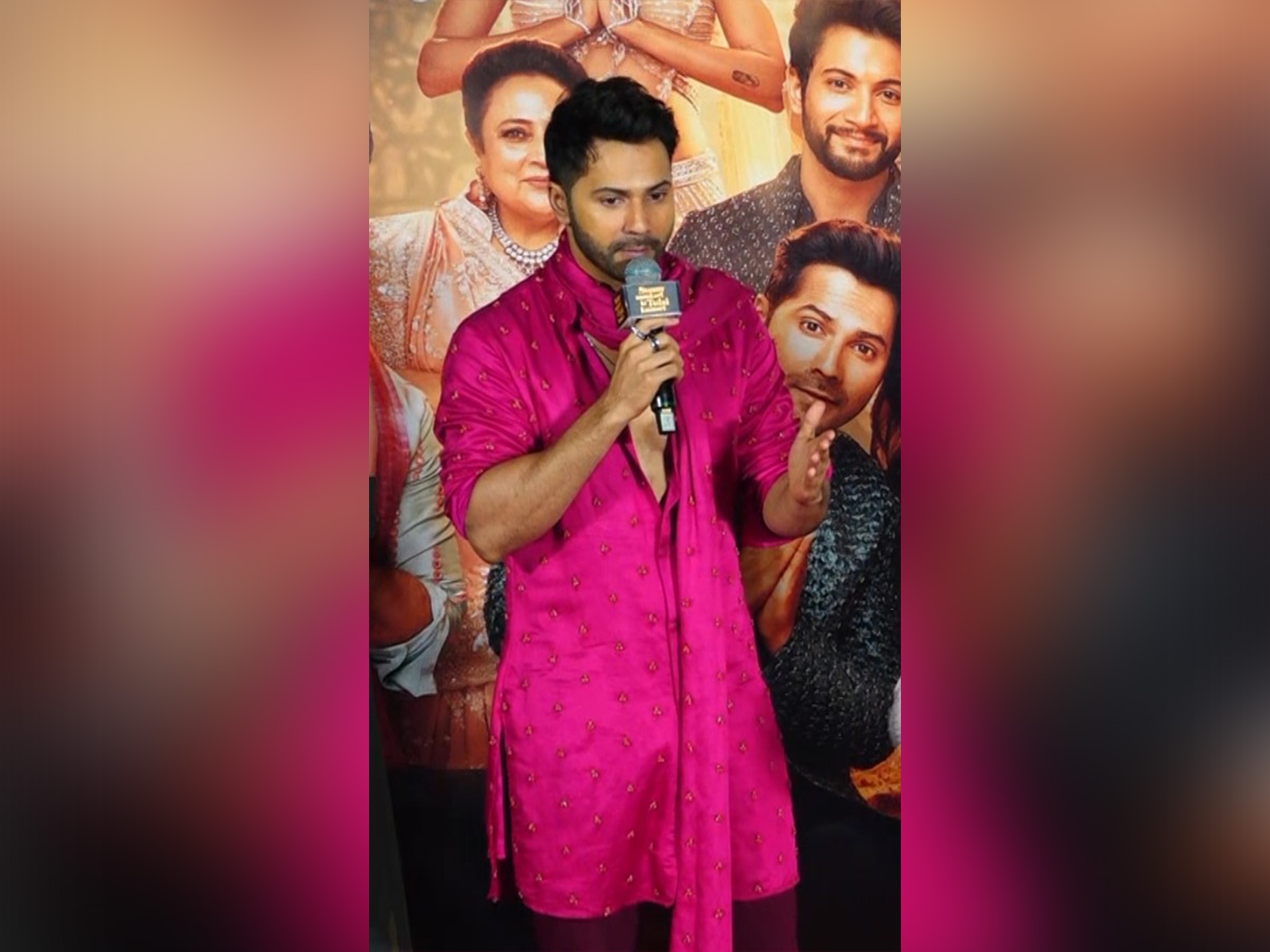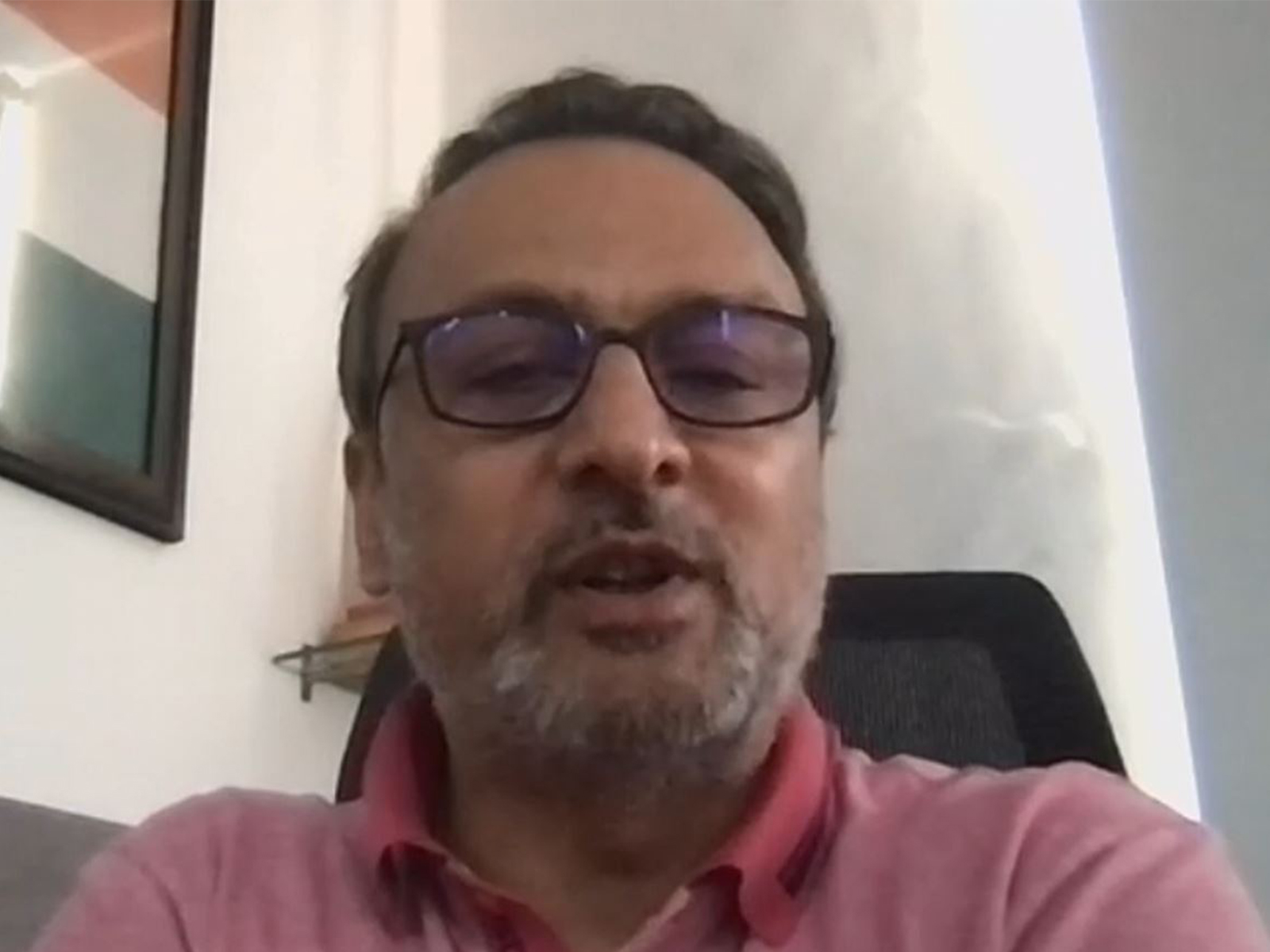
India considerably ahead in Direct-to-Mobile technology, says expert Arvind Vohra
Sep 15, 2025
New Delhi [India], September 15 : India is ahead in the adoption of Direct-to-Mobile (D2M) technology, which allows mobile broadcast access without internet connectivity, said Arvind Vohra, a serial investor and an entrepreneur who has decades of experience in the telecom sector.
Speaking with ANI on Monday, Vohra explained the D2M concept in simple words.
D2M as a technology can deliver contents to a large audience simultaneously, without requiring an internet connection.
"If you put your phone on flight mode, you will still receive mobile broadcast. So that means you don't need to be on a network. You don't need to be accessing the internet. So that's the whole story of D2M," he briefly summed up.
On India's position compared to global benchmarks, Vohra noted that India has already readied its D2M chips that will go into the devices.
"D2M chips have already been made available in India and brands like Lava, HMD, Nokia have already had devices where we're doing POC testing as well, as they've been showcased at a show in Mumbai as well (recently)," he said.
He added that, "Intel as well has adopted the solution and already demonstrated it on their AIPC, which is in days to come. So in my mind, if you ask me, three years ahead of mobile broadcast, as far as India is concerned, on the D2M standard."
Asked why does one need such a kind of technology when one already has several telecom operators operating in this space, he agreed that the world has enough network-based solutions.
In the same breath, he noted that internet-less is needed. "And if it was not important, people would not be spending time in the US to bring something in technology as late as 2028. So what I can really say is, India has a head start of almost about three years."
He also stated that D2M and the current nature of telecom are not competing technologies, but rather complementary technologies.
"They are complementary technologies. One is a broadcast technology. Second is an internet pull technology. So here what we're talking about is making broadcast accessible to the lowest rung of the pyramid at zero cost," Vohra said.
He pointed out that D2M is already, as a standard, being used in Korea and Brazil.
Vohra said he supports D2M because of its ability to extend access to millions who are offline - using feature phones.
"And as far as D2M is concerned, I'm very fascinated by what's happening in this landscape. So that's an area where I keep an eye on. And obviously, you know, I'm a pro D2M person because of a simple reason that you have about 200 million subscribers still using feature phones who really have no access to the internet world. So if they have access to broadcast, they'll be brought onto the same information platform as the rest of the population is. So that's something which fascinates me from a D2M perspective," he added.
When asked how D2M as a technology is linked to the semiconductor ecosystem, he said it is the chips that enable the D2M services.
"You need to make a chip and the chip is a semiconductor...The chip will be on boarded on the mobile phone...I also understand that there are various dongles and so on so forth that can be just plugged into your device, on your phone and then you can have D2M broadcast," he supplemented.
Finally, he was asked about the expected timeline for rollout of the D2M services in India. He asserted that as soon as the government processes are completed, the network should be rolled out.
According to him, it's more a matter of policy, rather than readiness of hardware and infrastructure.
"So it's more a matter of policy, rather than readiness of hardware and infrastructure. So I think once the policy goes on, then it's the normal process that it takes for developing the infrastructure. So to my mind, it's right now policy dependent," Vohra concluded.
